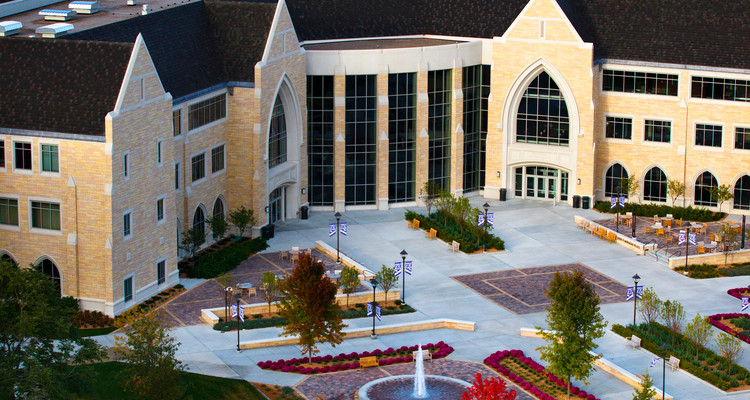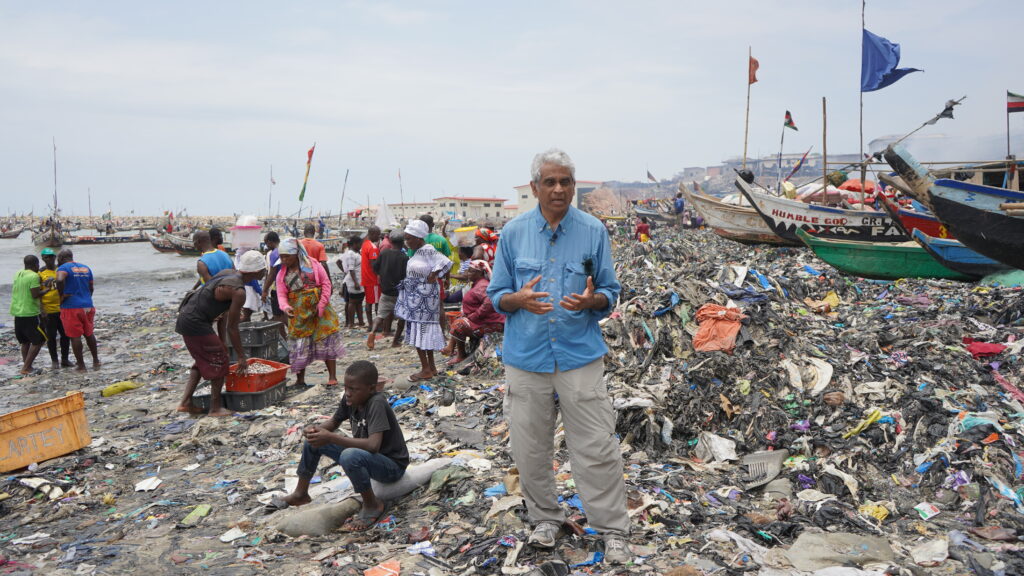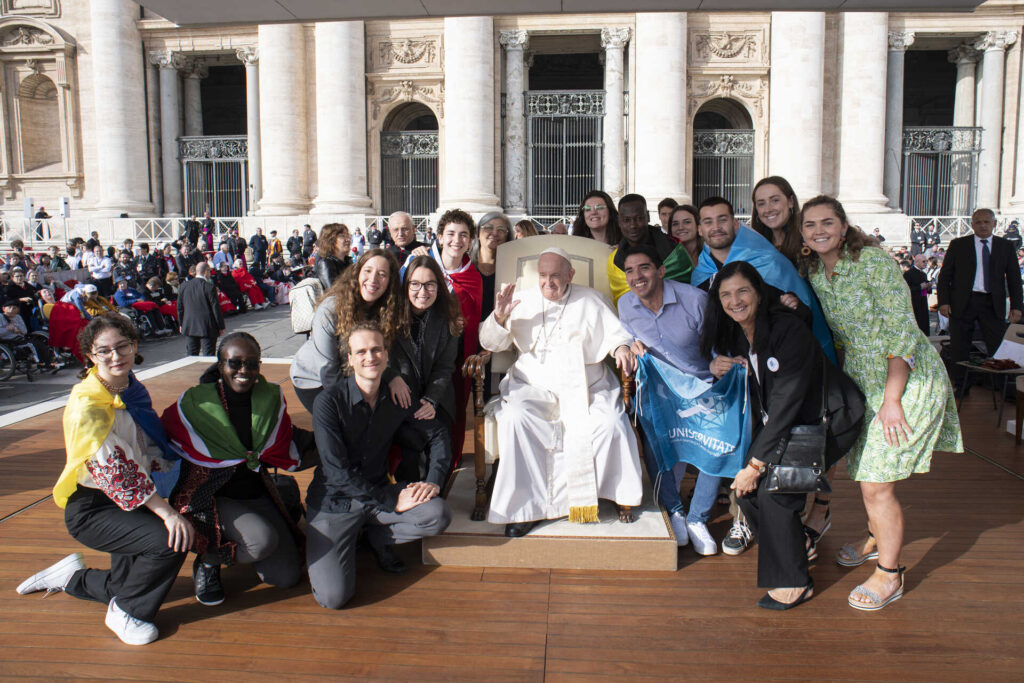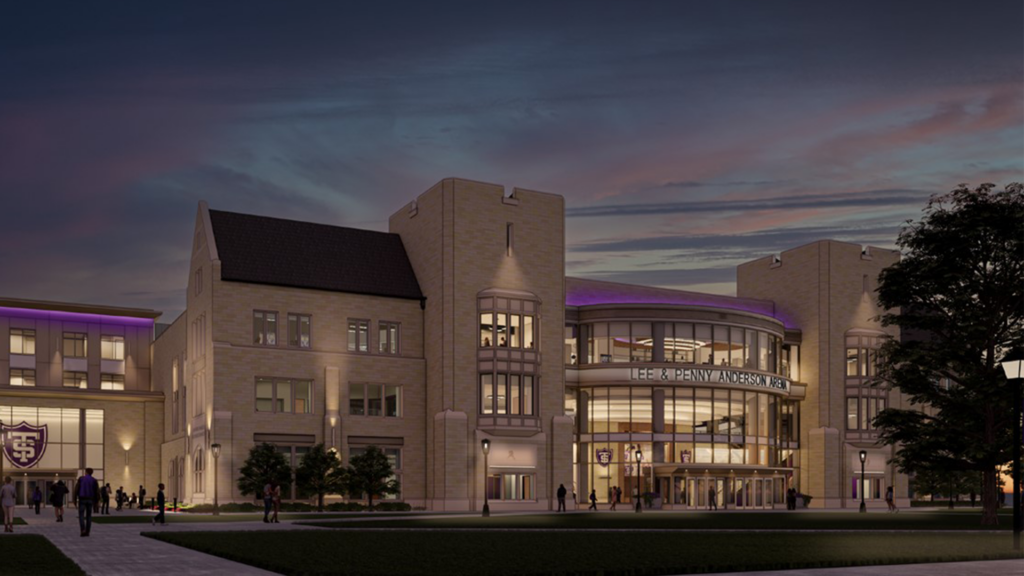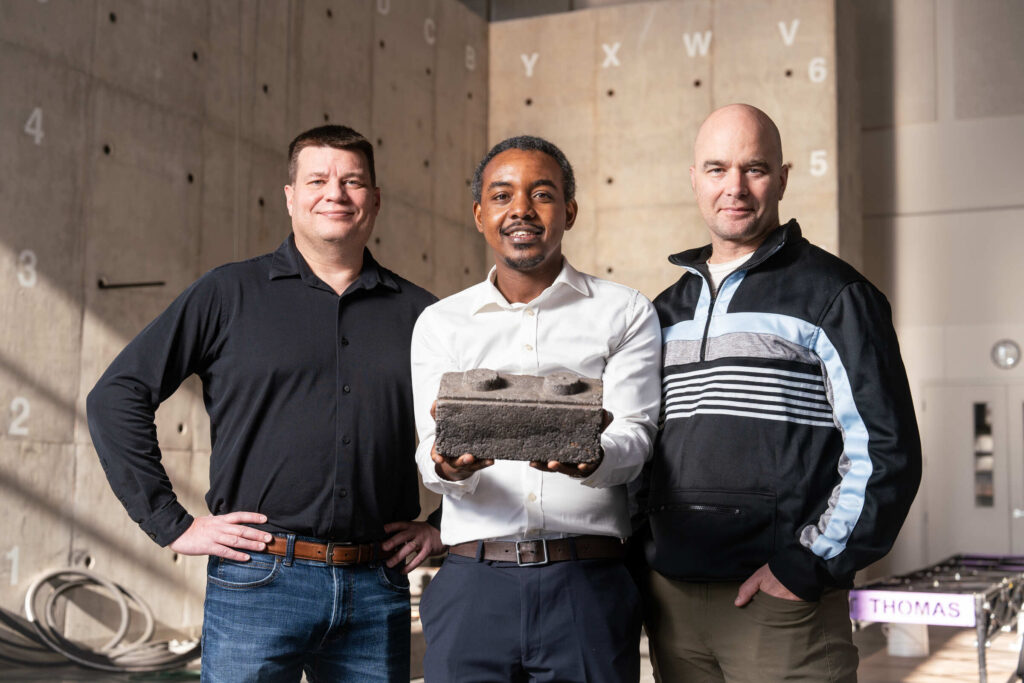Crafted by the Educating for the Future (EFF) task force, the undergraduate curriculum will be implemented starting with the incoming first-year class for the 2020-21 academic year. The new curriculum is the culmination of a nearly four-year process of research, proposals, dialogue, feedback, revisions and voting by faculty. A final faculty vote Dec. 7 solidified the curriculum’s approval, and President Julie Sullivan signed it Tuesday.
“The University of St. Thomas is a comprehensive, Catholic university with over 10,000 students and our undergraduate programs are built upon a strong liberal arts foundation,” Provost Richard Plumb said. “The newly approved undergraduate curriculum proposal continues this tradition and provides students with increased flexibility to explore new areas, the ability to add minors and to graduate within four years.”
Stemming directly from the St. Thomas 2020 strategic plan adopted in November 2014, the changes are the first major updates to the university’s core curriculum in nearly a quarter century. The new core curriculum requirements will now be scheduled for regular assessment and revision every five years.
“Given our university’s many commitments and constraints, we think the curriculum gives all of our undergraduates a solid foundation in the liberal arts, opportunities for integration and interdisciplinarity, increased flexibility, heightened recognition for coursework completed outside the core and major, and numerous ways of intentionally connecting the St. Thomas education to our mission and the common good,” the EFF task force wrote in a statement.
The new curriculum calls for 129 credits to complete a degree (three fewer than today), and is centered on three major components: a core curriculum shared experience, major concentration and enhanced curriculum experience.

Throughout the process of compiling it, the Educating for the Future task force was grounded in principles of seeking what benefits students and supports the university’s mission.
“Those have been principles referred to over and over in senate and faculty meeting debates,” said Craig Eliason, chair of the faculty. “This is a faculty that cares deeply about students and mission.”
“Who are we? Who do we want our students to be? And what function do we want the core curriculum to serve?” said Kris Wammer, director of the Center for Faculty Development and EFF task force co-chair, on the entire process’ guiding questions. “If you can honestly say, ‘This is who we are as a university, and this is what is best for our students,’ then you can come to a lot more consensus along the way.”
Core curriculum shared experience
The core curriculum shared experience contains four main elements: a first-year shared experience (FYSE), core area courses, core-flagged courses and a capstone experience (signature work).
First-year Shared Experience: Students will have the option of taking part in either a Living Learning Community or a Theme-based Learning Community. Living Learning Community students will share semester- or year-long experiences living together in a residence hall and taking one or more classes together. Theme-based Learning Community students will share two courses with a particular theme (e.g., environmental sustainability or alleviating poverty) and approach them from two different disciplines.
All first-year students will also take a 1-credit course in the fall semester focusing on topics related to academic success; health and well-being; intercultural competence; career and vocation; and mission.
Core-area courses form a liberal arts foundation: Students will be required to take 44 to 52 credits from core-area courses, maintaining St. Thomas’ tradition of having one of the largest core curriculums of any Catholic college or university in the country. (The required core will make up between 34 to 40 percent of students’ 129 credit hours.) Those requirements include:
- Philosophical and Theological Foundations of Catholic Intellectual Tradition: 12 credits (one course each in philosophy and theology, and one additional course in either discipline)
- Language and Culture: 0 to 8 credits (Students may demonstrate mastery)
- Fine Arts: 4 credits
- Natural Sciences: 4 credits
- Quantitative Analysis: 4 credits
- Historical Analysis: 4 credits
- Social Scientific Analysis: 4 credits
- English: 4 credits
- Integration in the Humanities: 8 credits
A completely new element of the core curriculum, Integration in the Humanities, will be mid- to upper-level courses that show how the methods of the humanities help integrate ideas and perspectives across disciplines or across communities. These courses will all come from humanities departments or programs, and will focus heavily on methodology in developing integration across disciplines and/or communities.
“The Catholic Church's intellectual tradition has always taught that there’s an integrated-ness to knowledge. Not just faith and reason, which is a huge part, but more generally,” said Rob Riley, vice provost for academic affairs. “There’s a lot going on out there that requires a lot of people from different disciplines around a table. If we’re going to help solve the problems of the world, we need to teach toward that reality.”
Core-flagged courses: Students will take six courses designated as core-flagged, including: four Writing Across the Curriculum courses (two writing-intensive, one writing to learn, one writing in the discipline); one Global Perspectives course; and one Diversity, Inclusion and Social Justice course.
In particular, there are new opportunities within the first-year shared experience to provide a common educational framework to all students around issues of diversity, inclusion and social justice. The new curriculum also provides opportunities to infuse inclusion in a new Historical Analysis course, in the required core-flagged course in Diversity Issues and Social Justice (DISJ) and in the new “Signature Work” requirement. In addition, there will be opportunities to strengthen the educational experiences around these issues of inclusion during the new curriculum’s implementation phase, which will occur over the next 18 months.
Capstone experience: The overarching goal of the new capstone experience, or signature work, is to have students synthesize their learning in an interdisciplinary manner and consciously reflect on how their work at St. Thomas fits together into an integrated whole, informed by the university’s mission.
“Students will integratively engage with a topic that is relevant to the mission, convictions and vision of St. Thomas,” Wammer said. By your senior year, “You’ve gone through most of your core, most of your major; how are you going to use both to look at how you’re going to live as a Tommie?”
Major concentration and enhanced curriculum experience
The major concentration requires students to choose at least one major field of study (as is currently the case): Bachelor of Arts; Bachelor of Music; Bachelor of Science; or Bachelor of Science in Computer Engineering, Electrical Engineering, Mechanical Engineering, or Civil Engineering.
The Enhanced Curriculum experience calls for students to take at least 12 credits outside their primary major and for the core curriculum to enhance their experience. This can occur in a number of ways, including:
- A second major (B.A.) in liberal studies*
- a second B.A., B.M., or B.S. major
- a minor (or minors)
- a guided series of courses*
- a set of exploratory electives*
*new options as part of the new core curriculum
An Information and Research Literacy requirement is also built into the new curriculum and calls for students to develop skills in accessing, evaluating and using information appropriately. This will include three phases: within the first-year experience, application in core-area courses and within specific disciplines.
Putting it all together
Curriculum formation is primarily a faculty responsibility, so the entire process – beginning with the Educating for the Future task force creation in January 2015 – was geared toward engaging St. Thomas faculty as much as possible. Over nearly four years the task force undertook a vast amount of research; draft proposals were debated and given feedback from the faculty senate and the entire faculty over several review periods; changes were made throughout; and a final vote was taken with Dec. 7 with nearly 350 St. Thomas full-time faculty.
"I am very grateful to the entire faculty for its thoughtful debate and discussion during this lengthy process," Sullivan said. "I look forward to the new curriculum’s implementation phase, which will offer us further opportunities for collaboratively enriching our students’ learning experiences."
Riley will co-chair a soon-to-be-formed implementation committee, which will first work through setting up St. Thomas systems to accommodate the new core curriculum’s requirements. The new core will really come to life, though, as faculty and staff develop new courses and co-curricular options over the next 12 to 18 months.No one knows fully what new and creative directions the St. Thomas community will take things.
“There’s a lot of meat to be put on the bones,” said Wendy Wyatt, associate vice provost for undergraduate studies. “As educators, we care about new knowledge and new ways of doing things, ways of knowing. … We always should be doing this kind of exploration in our own classrooms, as well as on the macro level. We need to push and stretch and make sure we’re delivering on the promise we’ve made to students.”
The new core curriculum requirements will now be scheduled for regular assessment and revision every five years.
“One of the big things we want to accomplish is to say, never again do we let the curriculum go so long without update,” Wammer said. “We should be able to make more agile changes.”
